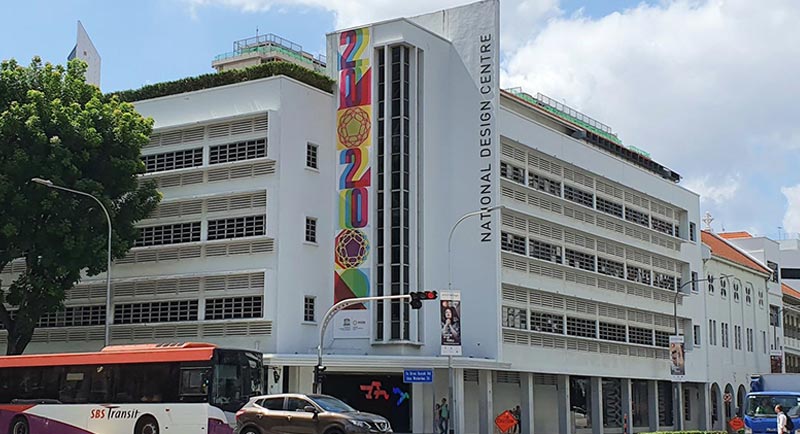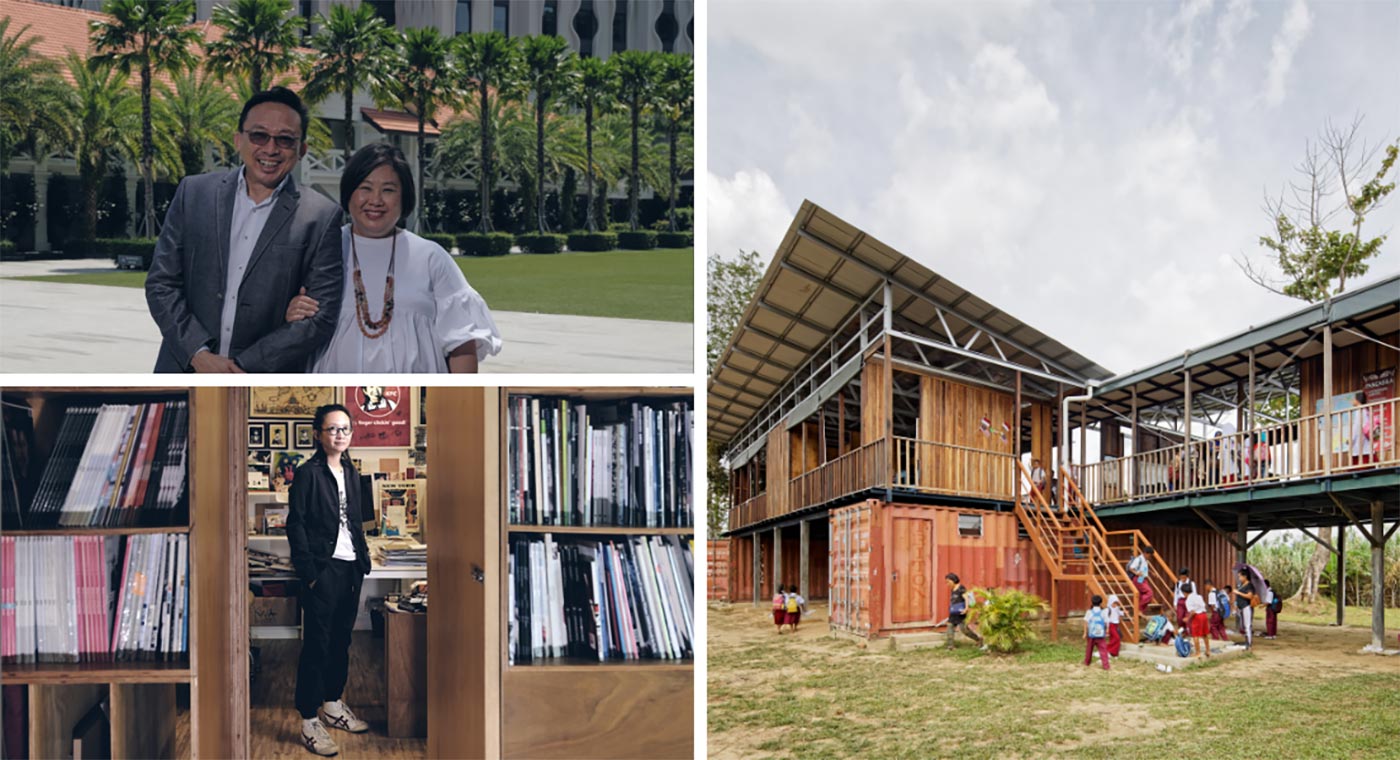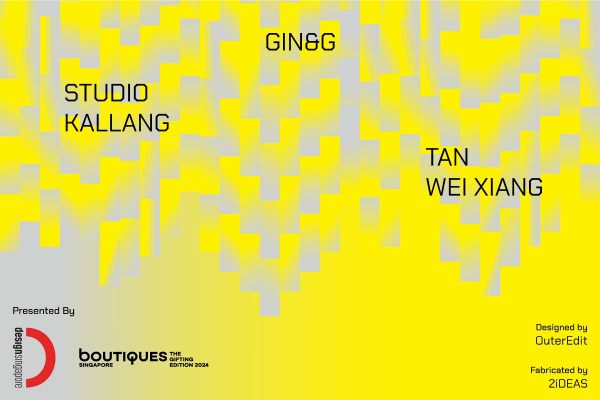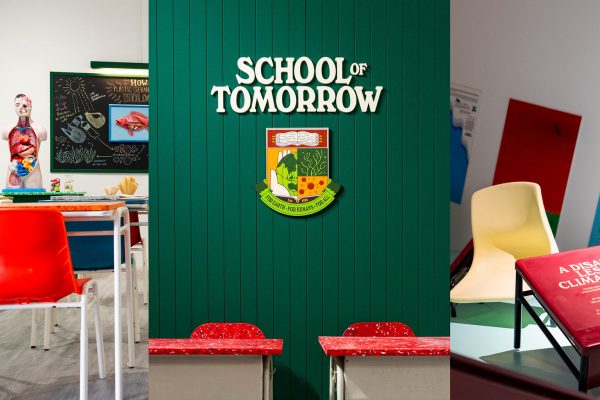By Chantal Sajan
SINGAPORE – When Ms Kelley Cheng was told she would be Designer of the Year at the President’s Design Award (PDA) 2020, she cried.
“It has been 22 years since I started iSh magazine and it has been a long journey,” says the 49-year-old, who is the founder of home-grown visual communications studio The Press Room, specialising in content creation and content interpretation.
She started iSh in 1999, a pioneering independent design magazine in Singapore that set out to educate and inspire as well as promote and support all things design.
“In the early days, I had no money, so I did everything myself,” says Ms Cheng, who graduated from the National University of Singapore’s school of architecture in 1997. “Sometimes, after paying the printing company, I would have to live on instant noodles for the rest of the month.”
She received Singapore’s highest design honour from President Halimah Yacob at the Istana on Wednesday.
Also awarded Designer of the Year were Mr Khoo Peng Beng and Ms Belinda Huang, the husband-and-wife architect team behind Pinnacle @ Duxton, Singapore’s first 50-storey public housing development.
There were also nine Design of the Year award recipients for contributing to economic, cultural and community transformation, raising the quality of life and making ground-breaking achievements in design.
Madam Halimah, who was the guest of honour, said the common thread that runs through good design is the improvement it brings to the quality of life. “Each award-winning project is a unique testimony to how design can be used to empower lives, uplift communities and propel innovation.”
The awards are jointly handed out by the Urban Redevelopment Authority (URA) and DesignSingapore Council (DSG). Established in 2006, the PDA was an annual affair, but was relaunched as a biennial award in 2017.
The Designer of the Year awards are for those who have spent their careers focused on making a difference to their industry, community and country. The recipients are selected by a panel of prominent Singapore and international leaders in design, business and architecture.
This year, seven of the jurors in the Design and Architecture Panels were past PDA recipients, such as Designers of the Year Dr Hossein Rezai (2016), Mr Chris Lee (2009) and architect Tan Kok Hiang (2014).
Ms Cheng says she started iSh magazine to give young creatives a platform to develop a portfolio because she knows the difficulties in working in design and the arts.
“It was to get noticed,” she says. “Without documentation, Singapore’s design scene will have no history without which we cannot have a strong design culture.
“As a recipient of the PDA, I hope to continue to advocate for the design industry and champion the use of design to serve communities in Singapore and beyond.”
Her parents were sceptical when she told them of her plans in 1999.
“As an idealistic young designer, I wanted to start my own design magazine. But my parents didn’t believe in it and they tried to discourage me,” says Ms Cheng, who went on to open a successful design practice in 2009.
Over the two decades, she has created a body of work spanning visual communications, exhibition design and publishing. She is also an educator who has worked with many young designers and helped nurture the next generation of talents.
It is, however, not the first PDA triumph for Mr Khoo, 52, and Ms Huang, 53.
The Arc Studio founders were recipients of Design of the Year awards for the much-lauded “sky-rise” Pinnacle @ Duxton in 2010 and The Tembusu condominium in Tampines in 2018.
They say the key to good design is empathy. Design should go beyond the physical space to also include the psychological impact of the built environment on urban communities.
“Understanding how design impacts emotions is very important to ensure not only the physical well-being, but also the social- emotional well-being of a person,” says Ms Huang. Her practice has explored new ideas in high-rise, high-density residential design that emphasise vertical connectivity and community living.
“I would go so far as to say that the source of many of our challenges today is the emotional void, the loneliness that is felt within. This causes us to respond out of fear and a need to keep consuming and looking for something to fill the void.
“Creating healing spaces that are calming and help people to connect with nature and with others, and, most of all, with themselves, is critical for resilience,” adds Ms Huang.
Mr Khoo says the duo’s architectural practice is “really about how we can do more with less”.
“How can we be high intensity, compact and still be green and be close to nature?” asks Mr Khoo, who, together with his wife, tries to be a role model for the next generation of architects through active engagement in education and advocacy.
He is an adjunct associate professor at NUS, while Ms Huang participates in NUS’ external design critiques.
“In our projects, we try to create community spaces in as varied a manner as possible,” he says.
For example, in The Tembusu condo project, they created sky gardens that wrapped around the three blocks of the residential complex, bringing greenery and activity to the surface of the building.
“Buildings, more than just glass monoliths, become hosts for greenery and communal activities. The identity of our buildings arises from making that connection between the intangible and tangible. It is about giving an expression to architecture that integrates all of these complex needs in as simple a way as possible.”
Meanwhile, the Design of the Year awards were given to projects that show design’s capacity to transform and touch people from all walks of life, both locally and abroad.
One of the standout designs is Etania Green School in Sabah, Malaysia.
Designer Prasoon Kumar, who is an overseas practising architect, and chief design officer Robert Verrijt of Singapore-based social enterprise BillionBricks, transformed five shipping containers using recycled timber and adding an iron roof to create a low-cost school. The project has benefited 350 students who are children of a marginalised community of migrant labourers since the school opened in 2018.
Etania features open and flexible classrooms that enable experiential learning across multiple age groups.
Mr Kumar, 44, quit his full-time architect job in 2013 to start a non-profit to build homes for the homeless. It has helped house thousands in poor communities and disaster zones in eight countries.
He says: “If we want to teach children about sustainability, then we need to build schools that use less energy. If we want to teach equality and respect for all, then school buildings have to be less hierarchical. Etania Green School achieves this in many ways.”
A constant observer of the PDA over the years is the recipient of its first award, Mr Theseus Chan. He received the Designer of the Year award at the inaugural President’s Design Award in 2006.
He notes that today’s recipients are at an important crossroads in Singapore’s design history.
“Not only do they continue to shape our nation’s needs and identity on the one hand, but they are also imprinting their individuality in their work,” says Mr Chan, 59, founder of design studio Work.
“There has been an impressive continuum since the inaugural honours in 2006.”
This article was first published in The Straits Times













